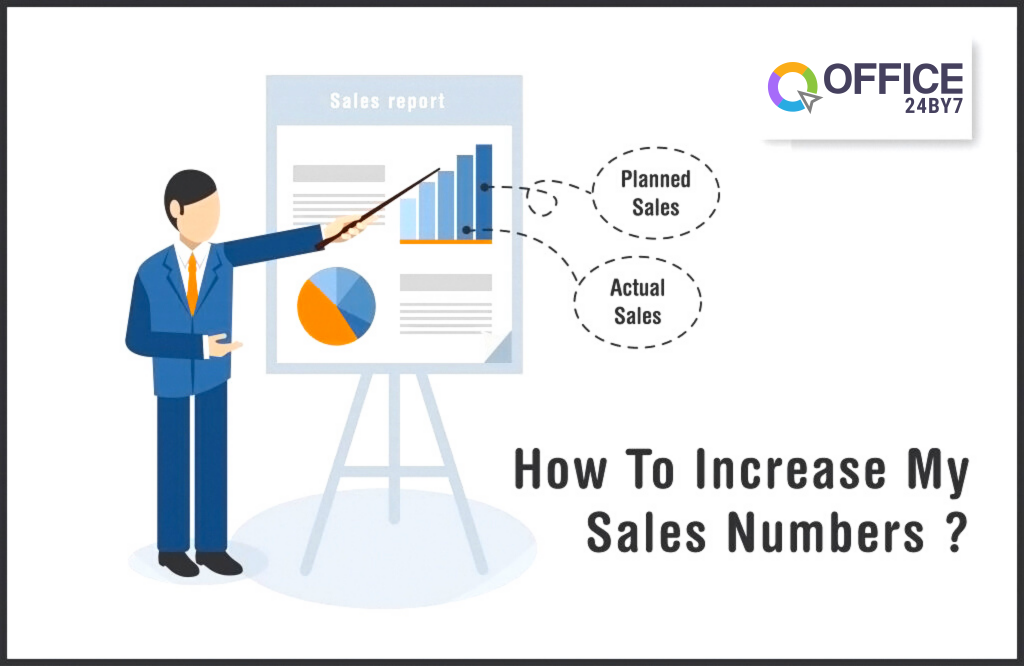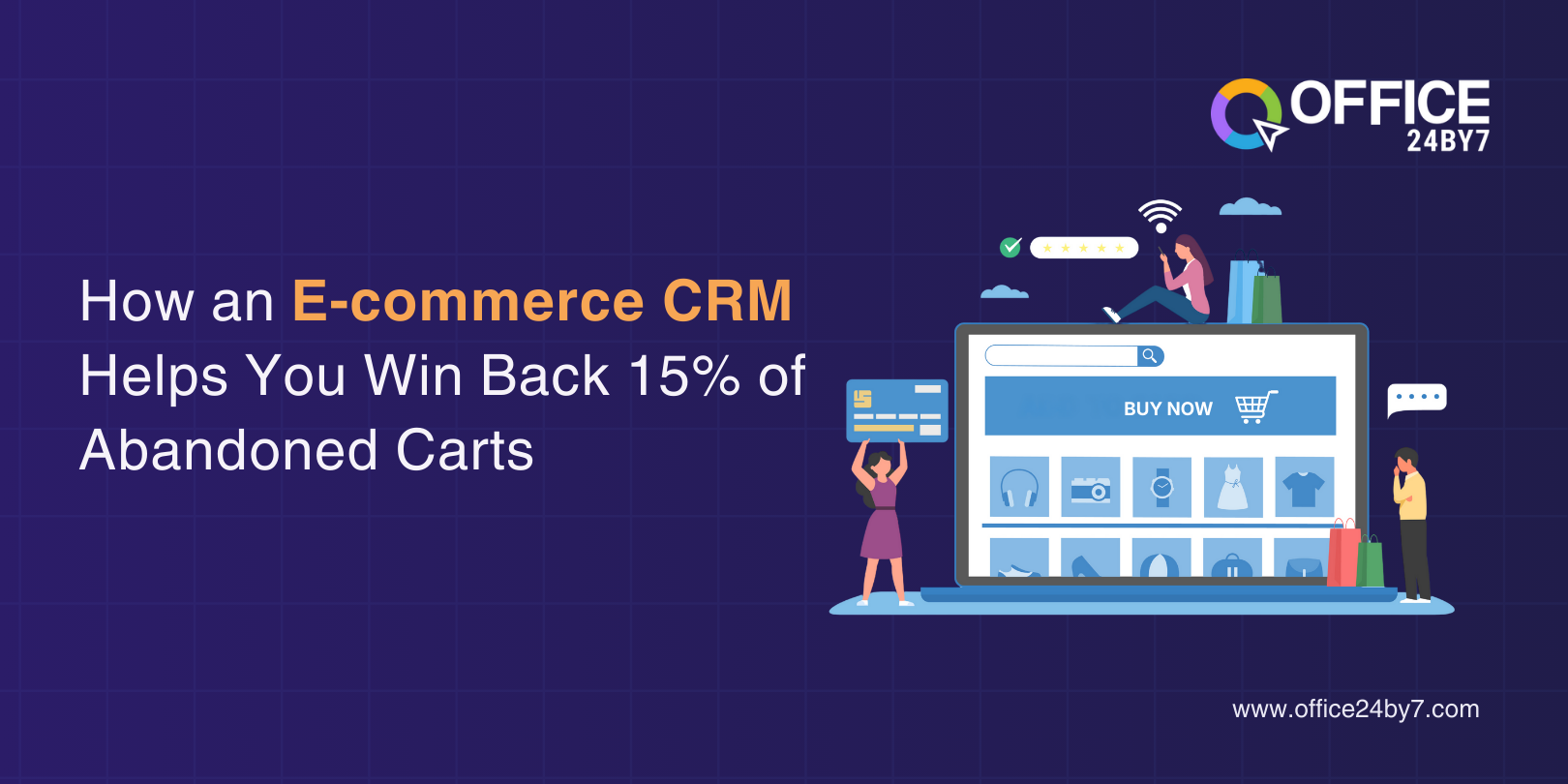
The simple answer is to go gentle with a planned, oiled nurturing strategy. This can help you get far beyond 10 of the standard “prospecting vs closure” ratio.
We live in a world where marketing and sales agents can reach prospects at every physical and digital channel or touchpoint. Despite this, Four Quadrants, a site run by known marketer Peter Buscemi, reports that only 7% of responses or inquiries convert to become marketing qualifying leads (we all call them MQLs). Post this, only 31% of this seven percent converts to become sales qualifying leads (SQLs). 46% of this thirty-one percent converts to be classified as forecasted deals, and at last, 34% of the forecasted deals convert as closed deals or customers.
Confused by the percentage game? Let’s do a simple maths to understand this.
Let’s say a business receives 1000 responses or inquiries in a month.
As per the above report, the number of MQLs will be 70 (7% of 1000), and SQLs will be 20 (31% of 70). Further, the number of forecasted deals will be 9 (46% of 20), and closures will be around 3-4 (34% of 9).
We observe that: –
- There is a huge scope for improvement in the MQL conversion percentage. So, marketers still have their work cut out in this aspect. If you wish to get quality leads right at the beginning of your sales funnel, you can read our post on improving MQL%.
- SQL to final closure or prospecting to closure percentage is ~10% (20 to 3-4). This figure can be improved. Sales agents and managers still find prospecting a major challenge.
- MQLs are not properly nurtured, and few prospects might be forced to take a customer call while still weighing their options. This increases the number of MQLs dropping out from the funnel (we also know this as lead leakage).
- Interestingly, the situation mentioned in #3 is vice versa also. Many sale-ready customers who urgently wish to make a purchase might be over-nurtured because sales agents are unaware if they should contact the customer.
With the above analysis, we can say that a deep nurturing strategy is still required at the sales stage to identify real SQLs among the MQLs. Let’s discuss some sales closing techniques in detail here
Step 1 – Track Behavioral Responses Very Closely
When an MQL becomes an SQL, you must closely track its responses. At this moment, you must track the number of clicks views and go beyond. Primarily, you must be looking into asking the below questions to your prospect: –
- Are they reading your posts and whitepapers in-depth?
- Which type of content they like the most – video, podcast, blog, whitepaper?
- Are they interested in more top-, mid-, or bottom-funnel content?
- Have they visited your pricing page at any moment? If yes, from which device?
- Do they comment or ask questions on your posts? Can you anticipate urgency in their responses?
- Have they visited your company or your Linkedin or other social media pages?
- Have they reached out to any of your previous customers?
- Is the prospect a decision-maker or consultant?
Step 2 –Run a Drip Service for Sales
The next question is, how do you extract the answers to these questions for all your SQLs or prospects? Use drip service in your prospect nurturing. If you want to learn more about how a drip campaign works, please read this post.
Classify your content in segments – top, middle, and bottom to track the type of content a SQL is interested in.
Define a unique standard read time for every content piece and track if an SQL spends the same time. Give a similar score if the prospect frequently comments on your post-visiting pricing page or does other important actions for your business.
Of course, you must manually track if the SQL or prospect has reached your sales or marketing agent on their LinkedIn account. If you have good relationships with existing customers, they might tell you about the inquiry coming from the prospect. Interestingly, you can identify your best loyal customers and try to only advertise or display their testimonials or feedback to increase the chances of calling them. It’s a small move, but you may never know; it can play an important role in prospect nurturing.
For all the business as mentioned above processes, you can manage the activities using a drip campaign service and assign a customer score for prospect response on a certain activity. A cumulative score will determine if an SQL is ready and sales can start the selling process or if the prospect still needs more nurturing or may not be interested in your products or services.
Step 3 – Add Blended Solutions to Your Prospecting
The cumulative score generated in Step 1 can help you decide if this is the right time to initiate a direct SMS voice or call interaction with the prospect. You need an SMS service, integrated dialer, or Click-to-call service option in your sales solution. Approach the prospect with a personalized text or voice SMS software and give a web link with multiple options (ready for demo, need information to some question, whitepaper requirement) in the SMS. Track prospect responses to qualifying SQLs. If a prospect is looking for a solution with a high customer score, you can use cloud telephony tools like Click-to-call or Click-to-dial features to call them directly from your sales solution. Click-to-call services enables sales agents to click on a call button to initiate a call. Click-to-dial enables sales agents to use a dialer, enter a customer number, and start a call.
The Final Takeaway: Consider Your Business Policies in Qualifying MQLs to SQLs
Though following Steps 1 and 2 can increase your closure rate to surpass the standard 10%, you must also factor in your business policies. If your sales cycle length is long or your lead sources are not sending quality MQLs, you may need to discuss internally and re-evaluate your complete marketing and sales funnel and policies.
Post this, you will start observing a major shift in the ratio of prospecting vs. closure and start building a high-quality sales pipeline.
In conclusion, leveraging an advanced automation software tool can significantly improve your prospecting-to-closure ratio by streamlining processes, optimizing lead management, and enhancing communication strategies.





